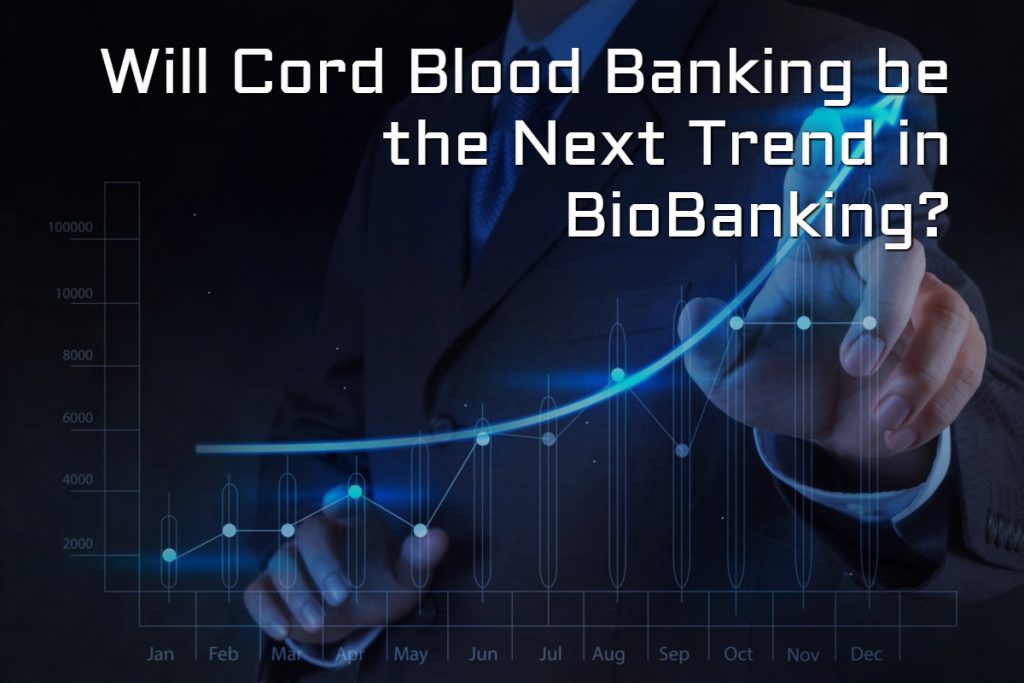A biobank is a repository that stores biological samples (usually human) for use in research and medicine. The registration of each sample entering and exiting the system is centrally stored on a computer system that is frequently backed up, and the physical location of each sample is noted to allow efficient location of specimens. Storage of the specimens may range from controlled ambient (room temperature), to +4°C, -20°C, -80°C, and -196°C (liquid or vapor nitrogen, LN2).
Three purposes for which stem cells would be stored include:
- Biobanking (public and private)
- Medical applications – Including cellular therapy, regenerative medicine, tissue engineering, and personalized therapeutics
- Scientific research
In contrast, a stem cell biobank is a dedicated stem cell storage company or organization. What distinguishes it from the rest of the cryogenic storage marketplace is that it is focused exclusively on the storage of stem cell samples.
In contrast, traditional biobanks may collect a wide range of biological samples, including blood components, whole blood, buccal swabs, DNA, RNA, protein, cell lines, marrow, plasma, serum, RBC, white cells, fluid, urine, solid tissues, tumor and biopsy materials, and more.
Therefore, the stem cell storage market is a sub-segment of the broader cryogenic storage market that is composed of diversified biobanks.
Could Cord Blood Banking be the Next Big Trend?
A cord blood bank is a facility which stores umbilical cord blood for potential future medical use. Stem cell samples stored in private (“family”) banks are available only to the individual or family who has chosen to collect the stem cells. The companies that offer this service are for-profit companies, and the fees for the collection, processing, and ongoing storage of the stem cells are paid by the individual or family for whom the unit is stored.
Public storage of umbilical cord blood involves donation of the cord blood unit to a public bank at the time of birth and subsequent storage of it for use by any member of the public who has medical need and is a genetic match.
The field of cord blood banking is a relatively recent field, as it was not until 1988 that the first successful cord blood transplant occurred and not until 1995 that the first private cord blood bank, the Cord Blood Registry, began operations. There are now nearly 500 cord blood banks worldwide, with cord blood banks located in many countries. In addition, there has been rapid progress made with the success of cord blood transplantation. Since the first transplant was performed in 1988, the number of transplants performed worldwide has since risen to 35,000.
An interesting trend in the cord blood banking industry has been the introduction of umbilical cord tissue storage. The reason to store both umbilical cord blood and umbilical cord tissue is that they contain different types of stem cells (hematopoietic vs. mesenchymal stem cells) and each type has the potential to treat different types of injury and disease.
When a cord blood unit is collected, the blood contained within the umbilical cord of a newborn baby is extracted from the cord, collected in a cord blood kit, transported to a cord blood bank, and cryogenically stored. Similarly, in cord tissue banking, 4-8cm of the umbilical cord is collected, placed in the tissue collection kit, and transported to a cord blood bank (or laboratory) for storage. While the collection process and reasons for storage are very similar, cord tissue banking only emerged as a commercial option in the U.S. beginning in July 2010, while cord blood banking has been commercially available in the U.S. since 1995.
When cord blood banking first emerged as a service in the early 1990’s, cord blood storage was the only service that was offered by companies operating within the industry. However, by 2008 a Taiwanese company (HealthBanks Biotech Company Ltd.) had expanded its stem cell storage services to also include cord tissue storage, because cord tissue contains stem cells that differ from cord blood. By 2010, the Cord Blood Registry made the same decision in the United States and offered it as a complement service for their cord blood banking service. Since then, cord tissue storage has had a significant impact on the U.S. cord blood banking industry, as nearly half of private U.S. cord blood banks now offer the service.
The key differences between umbilical cord blood and umbilical cord tissue are described below.
Since cord tissue banking was introduced, the market for biobanking of various stem cell samples has continued to expand, with placental banking being offered by LifeBank USA[1] and Americord[2]. Recently thereafter, Cryo-Cell International began offering storage of stem cells from menstrual blood[3]. Additionally, several cord blood banks now offer dental pulp stem cell storage and companies specializing in this service have also emerged.
Footnotes
[1] LifebankUSA, (2014). Cord Blood Banking Pricing | LifebankUSA. [online] Available at: http://www.lifebankusa.com/enrollment/lifebankusa-pricing/#.VFgMuPnF91U [Accessed 3 Nov. 2014].
[2] Umbilical Cord Blood Banking and Cord Tissue Banking, (2014). Cord Blood Banking Cost | Americord. [online] Available at: http://americordblood.com/cord-blood-costs-and-services [Accessed 3 Nov. 2014].
[3] Cryo-cell.com, (2014). Banking Menstrual Stem Cells | What are Menstrual Stem Cells | Cryo-Cell. [online] Available at: http://www.cryo-cell.com/menstrual/stem-cells [Accessed 4 Nov. 2014].
